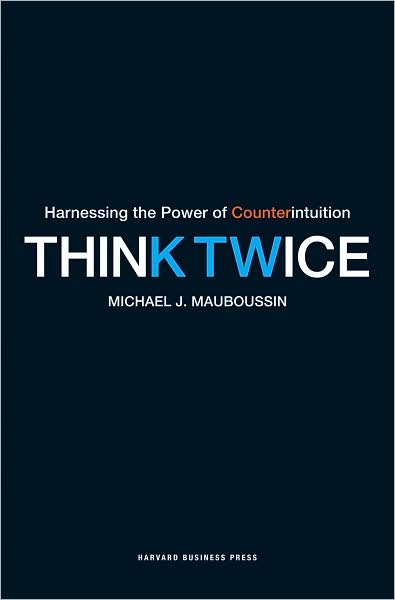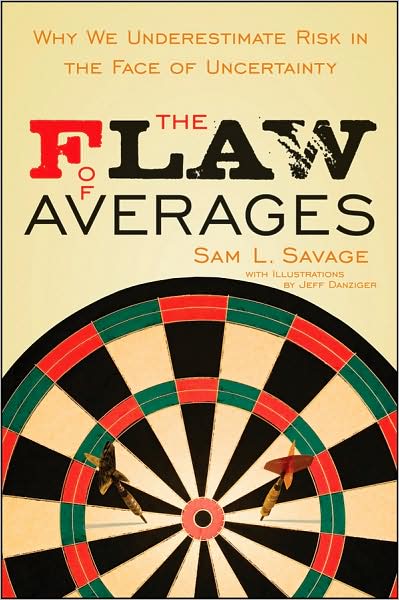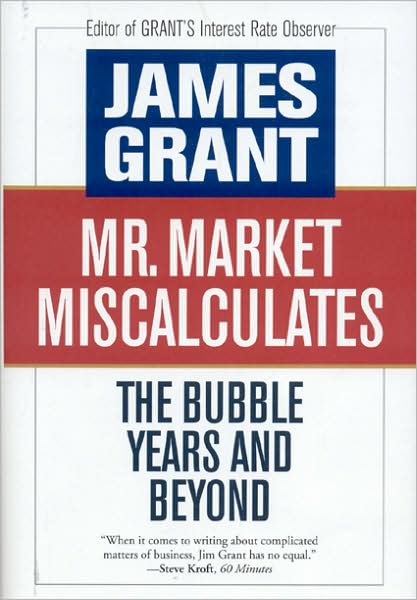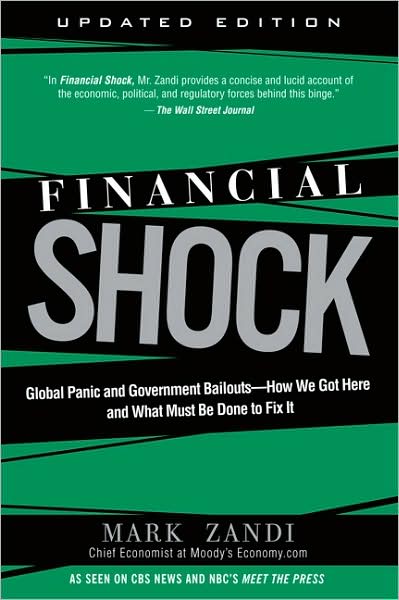Book Review: Expectations Investing
Why don’t average investors use discounted cash flow analyses?? Typically, they don’t use them for several reasons.
- Most people don’t want to use an algebraic formula to estimate anything.? As some legendary trader reputedly yelled at a quant, “No formulas!? You can make me add, subtract, multiply, and divide!…? And don’t make me to divide too often!”
- It is not intuitive to most.? It takes a bond-like or actuarial approach to analyzing stocks — forecasting future free cash flows and discounting them at the firm’s cost of capital.
- It is highly sensitive to assumptions one employs.? Small changes in growth rates or discount rates can make a big difference in the estimate of value.? It lends itself easily to garbage in, garbage out.? (I remember a Dilbert cartoon where an analyst told Dogbert that scientific decision analysis required forecasting future free cash flows and discounting them.? He added that the discount rate had to be right or the analysis would be garbage.? Dogbert’s comment was to the point: “Go away.”)
- It takes a lot of work, and shortcuts are easier, providing most of the analysis with less effort.
Now, most professional investors don’t use DCF either, for many of the above reasons.? But there are a number that do, among them Buffett.? Morningstar uses DCF for its stock recommendations.? It’s not a bad system after one makes the effort as an organization to standardize your free cash flow estimates and discount rates.? Most professionals invert the process, and rather than trying estimate what a stock is worth, they estimate what they think the company will return at the current market price.
Expectations Investing is one way to formalize DCF, and a rather comprehensive one.? It would be a good way for an investment organization to formalize its investment process, but is way too complex for one person implement, unless one is following some type of simplifying system like Morningstar, ValuEngine or any of the other purveyors of DCF analyses out there.
In the process of formalizing DCF, the book explains the problems with traditional P/E analysis, and how a focus on free cash flow can remedy the problems.? A weak spot in the book is their discussion of cost of capital.? Their cost of equity capital analysis relies on beta, which is not a stable parameter, nor does it really capture what risk is.? That said, inverted DCF can work without discount rates.? The book takes the approach that the discount rates are the less critical factor, because when they change for one firm, they typically change for all firms.? The book’s solution is to use current prices to drive DCF backwards and determine market free cash flow expectations for a stock.
The analyst can then look at those expectations, and try to determine whether they are too high or too low.? The analyst can also look at whether there might be changes due to unit growth, product price changes, operating leverage, economies of scale, cost efficiencies, and changes in the marginal efficiency of capital.? After the analysis, usually one or two factors will stand out capturing a large portion of the variability.? The analyst then focuses on those, and what drives them.? Unexpected changes lead to revisions to the analyst’s model, and the game continues.
Beyond that, the analyst needs to understand how the company in question fits into its industry.? The book discusses Michael Porter’s five forces, the value chain, disruptive technologies, and the economics of information.? Beyond that, the book touches on:
- Real Options — the ability of a company to pursue value enhancing projects or not.
- Buybacks — do them when the company has no better opportunity, and the shares are undervalued.
- Mergers and Acquisitions — how to tell when are they good or bad ideas.
- Reflexivity — Are there situations where a higher or lower stock price affects the business?? High/low valuation makes financing easy/difficult.
- Understanding management incentives — how will they affect financial results and management behavior over the short and long runs.
At 195 pages in the body of the book, Expectations Investing is not a long book for what it covers.? The flip side of that is that is breezes over much of the complexity inherent in what they propose.? One other shortcoming is that little time is spent on financials, which are a large part of the market, and for which it is intensely difficult to calculate free cash flow.? After reading the book, I would have no idea on how to apply their DCF model to valuing a bank or an insurance company.
Aside from financials, if someone were to ask me, “Is this how valuation should be done?” I would say, yes, ideally so.? But it brings up one more critique: though I hinted at it above, most of the shortcuts that investors use are special adaptations and first approximations of the DCF model.? That is why shortcuts have validity — if you know the critical factors that drive profitability for a given company or industry, why waste your time on a big model with many inputs?? Cut to the chase, and use simpler models industry by industry.
Who would benefit from this book: someone who either wants a detailed means of calculating a DCF model, or a taste of the issues that an analyst/investor has to consider as he evaluates the worth of a company’s stock.
This is a neutral review from me.? I neither encourage or discourage the purchase of the book.? It has its good and bad points.? But if you want to purchase it, you can find it here: Expectations Investing: Reading Stock Prices for Better Returns.? I have a copy of Damodaran’s The Dark Side of Valuation: Valuing Young, Distressed, and Complex Businesses (2nd Edition), weighing in at 575 pages, as well as his book Investment Valuation: Tools and Techniques for Determining the Value of Any Asset, Second Edition
(similar size, with a quarter inch of dust on my shelf.? Guess I don’t use it that much).
I could do a review of one or both of those, but if Expectations Investing is overkill for the average investor, and light for the professional, then either of Damodaran’s books are for the professional only.? At best I think it would only produce a review on the weaknesses of DCF analysis.
Full disclosure: If you enter Amazon through my site, if you buy something there, I get a small commission.? Your price does not change.? I review old and new books, and I don’t like them all; my goal is to direct readers to the books that can best help them.











